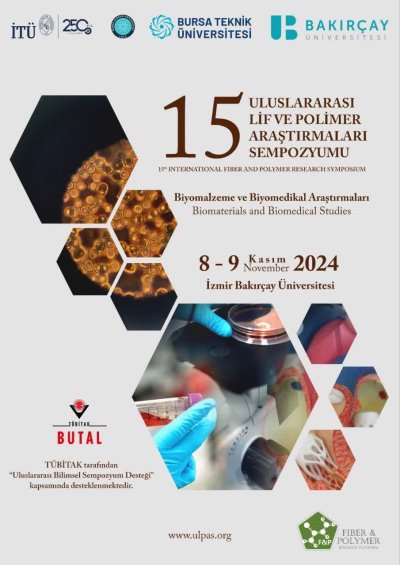0% Complete
Authors :
Keywords :
Abstract :
List of archived papers
Eralp DEMİRCAN - Yunus Furkan BAY
Shree Kaji Ghimire - Ashok Sapkota - Sabit Adanur - Emel Kuram - Recep Onler
Gonca ALAN - Ayşe ŞEVKAN MACİT - Sevcan ÜSTÜN
Fatma Ahsen Oktemer - Cansu Gunes - M. Mert Kurdis - Ahmet Avci
Hasan Arıkan - Ayşe Pınar Tüzüm Demir
Muhammed Onur Avcı - Edanur Korkmaz - Çisem Gilik - Mustafa Mert Kurdiş - Cansu Güneş - Ahmet AVCI
Mahmut Ersoy - Nazire Deniz Yılmaz
Hande Eyvazoğlu - Mucize Ceren Miçonunoğlu - Büşra Doğanay Alçiçek



